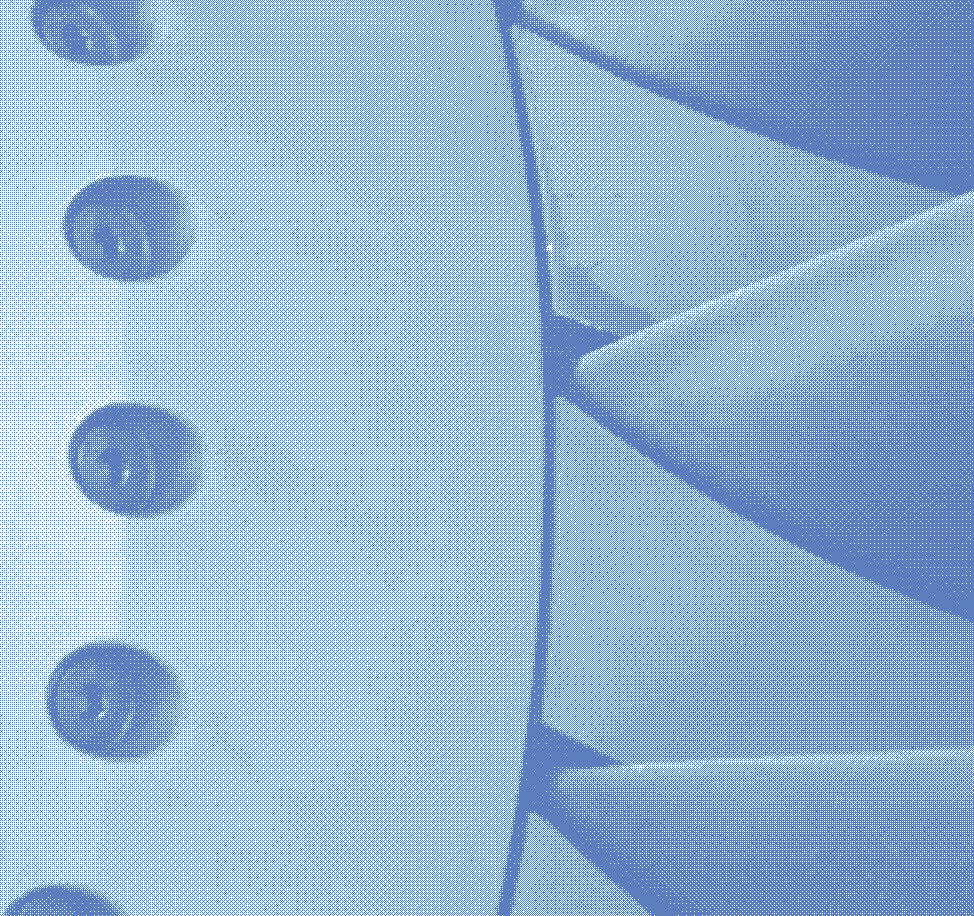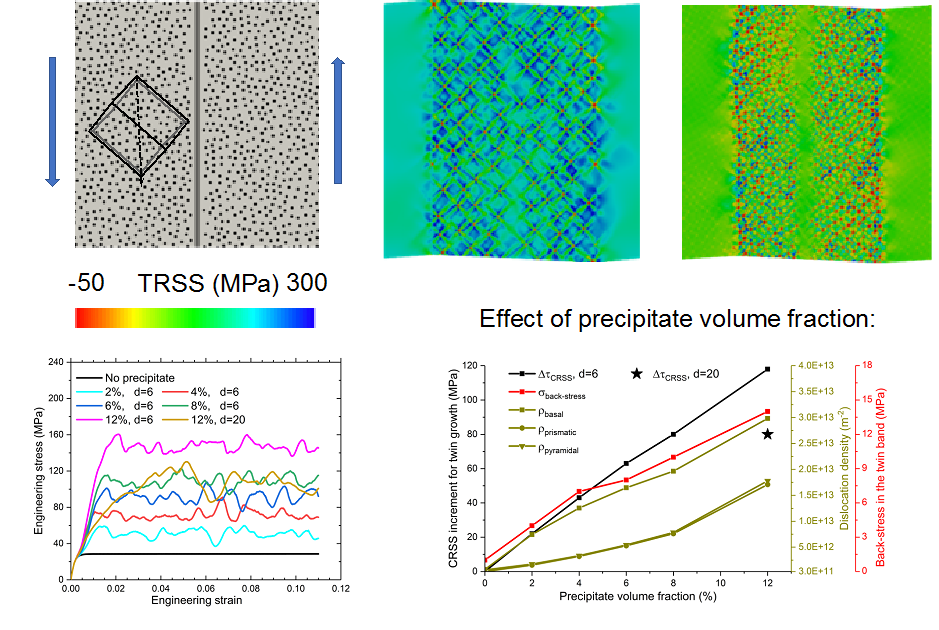



News, Views & Events
News
LightForm Research Provides Detailed Insight into Twin-Precipitate Interactions in Mg Alloys

An international research collaboration between the Max-Planck-Institut für Eisenforschung, the Shanghai Jiaotong University, and LightForm researchers from the University of Manchester, have revealed in unprecedented detail the nature of twin-precipitate interactions in Mg alloys.
Mg alloys have the greatest potential for light-weighting because of their high strength-to-weight ratio. However, present commercial alloys are far from achieving this potential, due to limited existing models for strength and ductility in these materials, which are needed to optimize the alloy design process. This difficulty stems from the fact that, at room temperature, deformation in Mg alloys can result from both dislocation plasticity and crystallographic twinning. While strengthening models for dislocation plasticity are well established, research into twin strengthening is still in its nascent stages.
The LightForm-led research team developed a state-of-the-art phase-field and crystal-plasticity model to concurrently capture dislocation plasticity, twinning and their interaction with the microstructure. In this approach, strengthening in Mg alloys naturally emerges from the complex interaction between these deformation processes. The model was applied to study the nature of twin-precipitate interactions in Mg alloys, revealing how precipitate size, shape and distribution can affect the emergent strength of the alloy. These results compare well to strength values reported in the literature for a wide range of Mg alloys.

The model and results have important applications in the microstructural optimization of these alloys – for full details you can read the paper here
